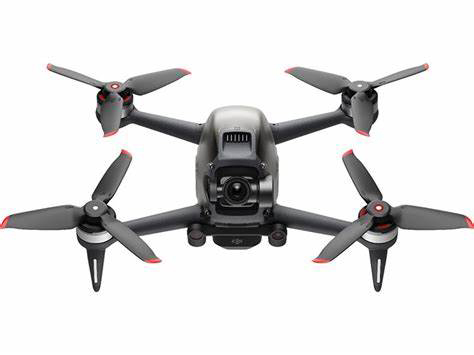 2025-07-11
2025-07-11
Perception-control technology is the basis of robot's autonomous ability. According to the definition of the International Organization for Standardization, the autonomous ability of a robot refers to the ability of the machine to perform tasks according to the current state and perceived information without human intervention. In many cases, according to the type of robot and its expected use, the requirements for robot autonomy are not the same. For example, although the fixed robots connected with sockets on the ground don't have to care about energy management, it is very important for the mobile robots working for a long distance, especially the unmanned aerial vehicles, to know when to stop the current task and recharge their batteries. The small UAVs we discuss here can be divided into the following three levels according to their autonomy from low to high. At present, we can rightfully call the unmanned aerial vehicle (UAV) which has reached the level of 2~3 autonomy, that is, it has the autonomy of reaction and cognition.
● Perception-motion autonomy: converting human advanced instructions (such as reaching a given altitude, flying in a circular trajectory, moving to a certain GPS coordinate point or maintaining a certain position) into a combination of platform-related control signals (such as pitch angle, roll angle, yaw angle or speed); Use the GPS waypoint to fly according to the pre-programmed trajectory.
● Reaction autonomy (based on perceived motion autonomy): stay in the current position or flight path when there is external interference, such as in the case of wind or electrical and mechanical failure; Avoid obstacles; Keep at a safe or predetermined height from the ground; Flying with moving objects or other aircraft; Automatic takeoff and landing.
● Cognitive autonomy (based on reactive autonomy): SLAM synchronous positioning and mapping; Resolve information and task conflicts; Planning (such as battery charging); Identify objects and people; study
The current commercial products, such as several mainstream products introduced above, have reached the level of perception-movement autonomy, and some of them have reaction autonomy. However, its maturity is still not enough to automatically complete the tasks in most industrial application fields, such as photography, surveillance, exploration, etc. At present, it still needs experienced operators to monitor or control it.
